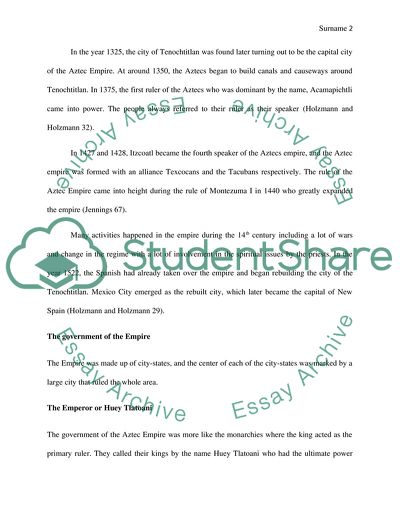Cite this document
(Aztecs, Mayans and Incas Literature review Example | Topics and Well Written Essays - 2500 words, n.d.)
Aztecs, Mayans and Incas Literature review Example | Topics and Well Written Essays - 2500 words. https://studentshare.org/anthropology/1858438-aztecs-incas-and-mayans
Aztecs, Mayans and Incas Literature review Example | Topics and Well Written Essays - 2500 words. https://studentshare.org/anthropology/1858438-aztecs-incas-and-mayans
(Aztecs, Mayans and Incas Literature Review Example | Topics and Well Written Essays - 2500 Words)
Aztecs, Mayans and Incas Literature Review Example | Topics and Well Written Essays - 2500 Words. https://studentshare.org/anthropology/1858438-aztecs-incas-and-mayans.
Aztecs, Mayans and Incas Literature Review Example | Topics and Well Written Essays - 2500 Words. https://studentshare.org/anthropology/1858438-aztecs-incas-and-mayans.
“Aztecs, Mayans and Incas Literature Review Example | Topics and Well Written Essays - 2500 Words”. https://studentshare.org/anthropology/1858438-aztecs-incas-and-mayans.


